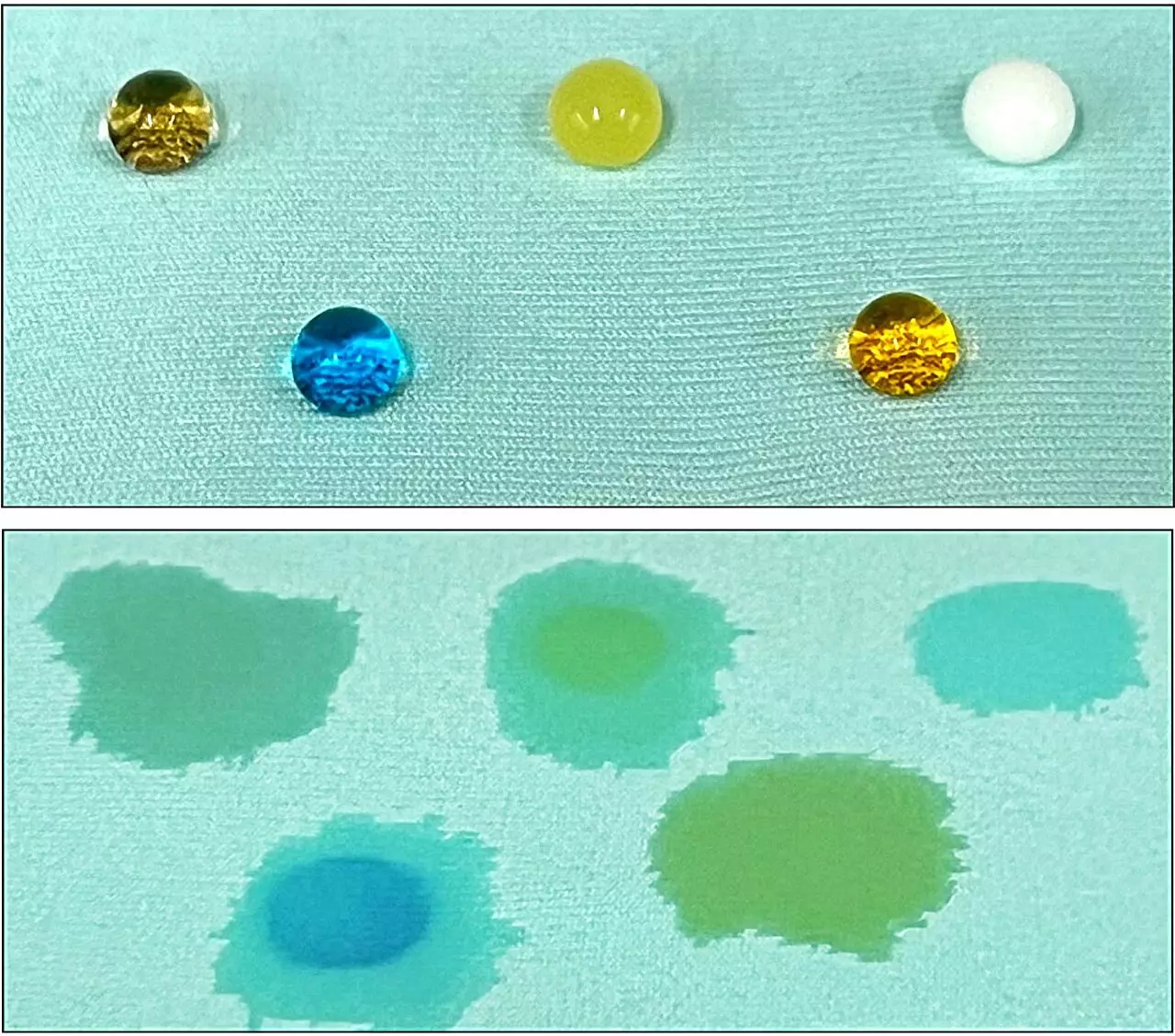The fashion industry is notorious for its environmental impact, with millions of tons of clothing ending up in landfills each year. However, groundbreaking research from Cornell University is championing a new approach to sustainability, unveiling a technique to create waterproof coatings from discarded textiles. This innovative method, directed by Professor Juan Hinestroza and his team, has the potential to transform not only the manufacturing of clothing but also the future of environmental conservation within the industry.
Fast fashion, characterized by rapid production cycles and a relentless demand for new trends, often leads to severe environmental repercussions. Recent estimates suggest that in the United States alone, each person discards approximately 80 to 100 pounds of clothing annually. The discarded garments contribute significantly to landfill overflow and environmental pollution, often containing hazardous chemicals from the finishes and treatments used in their production. As a consequence, there is an urgent need for sustainable practices that can mitigate these damaging effects and promote a circular economy in fashion.
The Cornell research team has unveiled a groundbreaking method of upcycling discarded clothing—specifically polyester and spandex materials—into superhydrophobic (waterproof) coatings. By utilizing a relatively simple process that avoids harsh chemicals, the team achieved a sustainable solution that highlights both environmental responsibility and innovation.
The secret lies in a metal-organic framework (MOF), a unique structure capable of forming water-repellent surfaces. The research demonstrates that it is possible to synthesize MOFs without the need for extensive purification or separation of the discarded textiles, presenting a substantial energy-saving advantage. Hinestroza emphasizes the potential impact of this research by stating, “If we can save one piece of clothing from going into a landfill, then that will be success.”
The research utilized an alkaline depolymerization technique to convert discarded fabrics into a mixture containing polyester molecules and their monomers, along with the impurities typically associated with used garments. This process involves the creation of disodium terephthalate, a well-known linker used to synthesize UiO-66, a popular type of MOF.
In conducting their experiments, the researchers systematically explored different concentrations of ethanol and discovered that even minimal applications could successfully yield hydrophobic behaviors in the synthesized MOF. Remarkably, as the team observed, the incorporation of spandex fragments modified the hydrophilic characteristics of the MOF, creating a water-resistant surface without significant alterations to the foundational properties of the fabrics being utilized.
Furthermore, the durability of the coating was tested under various conditions, including washing and abrasion. The results were promising; the superhydrophobic surface not only maintained its water resistance but also showcased a resilience that exceeds many commercial waterproofing methods currently available.
One of the critical takeaways from this research is the resolution it proposes against the pervasive use of harmful chemicals, often referred to as “forever chemicals,” in textile manufacturing. These chemicals pose significant risks not only to the environment but also to public health. By offering an alternative solution that emphasizes upcycling and waste reduction, this work paves the way for more sustainable practices in the fashion industry.
Professor Tamer Uyar’s comments on the significance of this research resonate deeply: “We must find alternatives to fluorinated finishes. This study demonstrates how we can achieve functional finishes without relying on harmful chemicals.” Rather than placing blame for environmental degradation solely on manufacturers, Hinestroza highlights consumer behavior as a vital factor. “It’s very easy to blame the brands or blame the producers,” he notes. “But in the end, they will not produce if you don’t consume.”
As the world grapples with the ramifications of fast fashion, initiatives like the one led by Professor Hinestroza and his team offer a glimmer of hope. This innovative approach not only helps reduce textile waste but also redefines our understanding of waterproof coatings. By embracing sustainable practices and encouraging the upcycling of discarded materials, the fashion industry can embark on a transformative journey towards a more responsible and environmentally-friendly future. The ripple effects of this research could very well influence how garments are produced, consumed, and disposed of, presenting a model for an eco-conscious approach that the industry desperately needs.


Leave a Reply